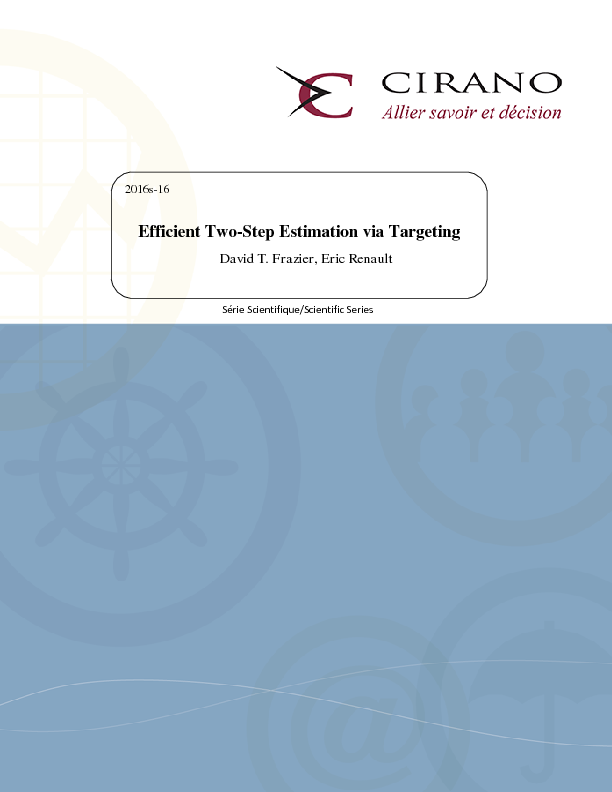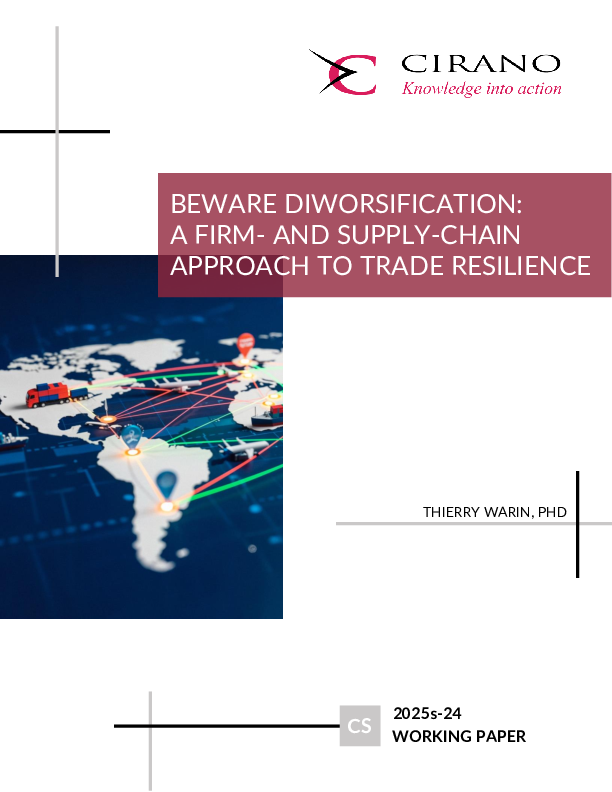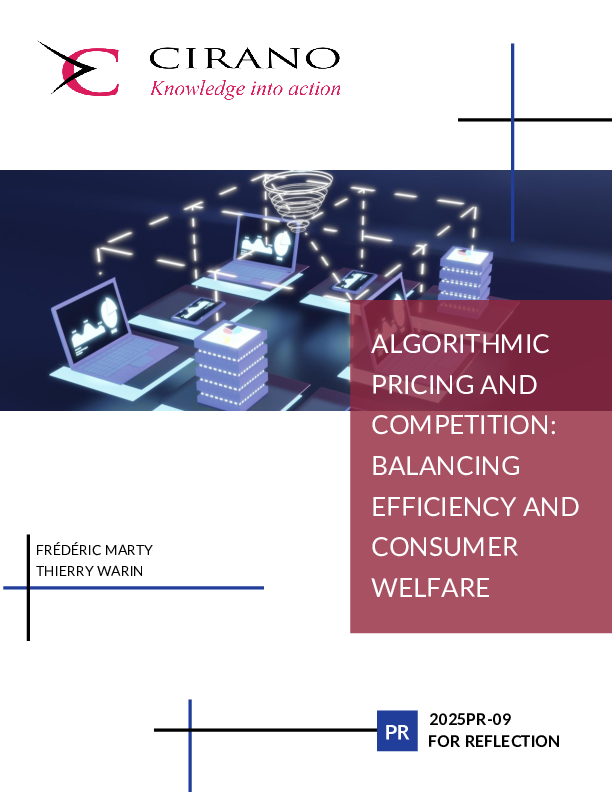Efficient Two-Step Estimation via Targeting
The
standard description of two-step extremum estimation amounts to plugging-in a
first-step estimator of nuisance parameters to simplify the optimization
problem and then deducing a user friendly, but potentially inefficient,
estimator for the parameters of interest. In this paper, we consider a more
general setting of two-step estimation where we do not necessarily have “nuisance
parameters” but rather awkward occurrences of the parameters of interest. The efficiency
problem associated with two-step estimators in this context is more difficult
than with standard nuisance parameters as even if the true unknown value of the
parameters were plugged-in to alleviate the awkward occurrences of the
parameters, the resulting second-step estimator may not be efficient. In
addition, standard approaches to restore efficiency for two-step procedures may
not work due to a consistency issue. To alleviate this potential issue, we
propose a new computationally simple two-step estimation procedure that relies
on targeting and penalized to enforce consistency, with the second-step estimators
maintaining asymptotic efficiency. We compare this new method with existing iterative
methods in the framework of copula models and asset pricing models. Simulation results
illustrate that this new method performs better than existing iterative
procedures and is (nearly) computationally equivalent.
[ - ]




